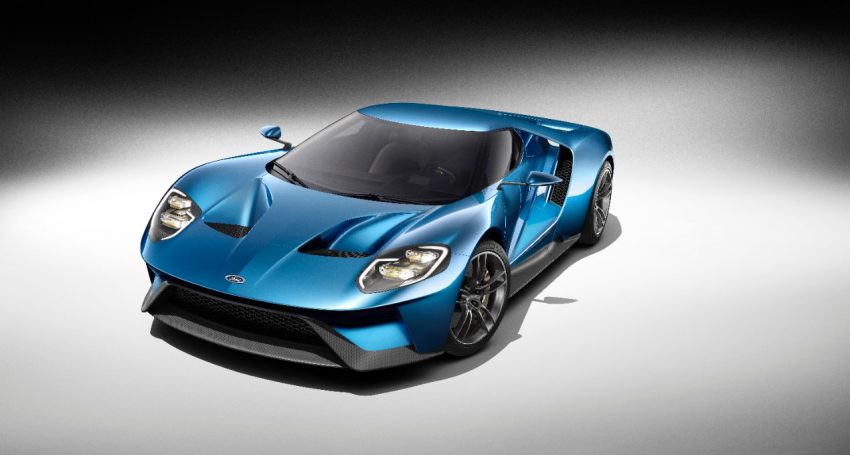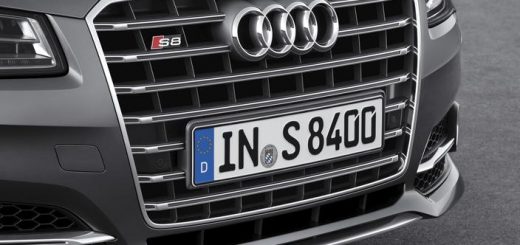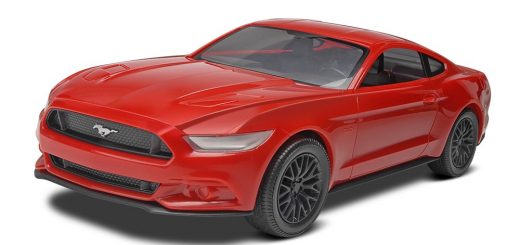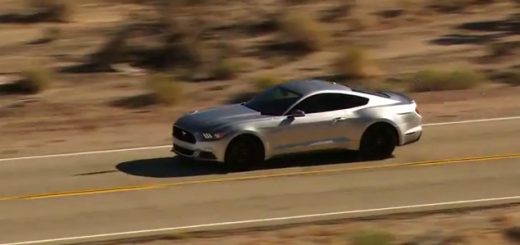It’s a good day for the American automotive industry, as evidenced by the unveiling of the all-new 2016 Ford GT. Ford says the new supercar, slated to enter production in 2016, will mark the 50th anniversary of the original Ford GT race cars placing first, second and third at the 1966 24 Hours of Le Mans.
A mid-mounted, 3.5-liter twin-turbocharged EcoBoost V6 will deliver 600 horsepower to the 2016 GT’s rear wheels. Ford says the engine is based on the same race-proven architecture that powers the Ford EcoBoost IMSA Daytona Prototype, which racked up three wins in Tudor United Sportscar Competition this season. The engine “features a wide powerband with impressive time-to-torque characteristics,” Ford says.
The 2016 Ford GT will also make extensive use of lightweight materials to deliver “outstanding acceleration and handling with improved efficiency.” A carbon-fiber passenger cell, aluminum front and rear subframes, and carbon fiber body panels all contribute to the GT’s improved acceleration, efficiency, handling, braking, and safety.
Aerodynamic efficiency is at the heart of the GT’s design. Its tear-drop shape, aircraft-inspired fuselage and curved windshield are all designed to minimize drag and optimize downforce. A deployable active rear-spoiler pushes the rear tires into the ground and adjusts its own height and pitch angle depending on the current driving scenario.
The 2016 Ford GT uses light 20-inch wheels wrapped in Michelin Pilot Super Sport Cup 2 tires, which have a compound and structure unique to the GT. There’s also carbon-fiber ceramic brakes at all four corners, a necessity when you’re pushing 600 horsepower.
While the previous Ford GT pulled its design inspiration from the original GT40, the new car has a more contemporary shape. The narrow-profile canopy houses a purposeful, two-seat cockpit, accessed by upward-swinging doors. The seats are integrated directly into the passenger cell, as on Ferrari’s LaFerrari hypercar, which reduces seating hardware, thus shedding weight.
An F1-style steering wheel integrates all necessary driver controls, negating the need for wiper and indicator stalks, allowing for uncluttered access to the transmission’s paddle-shifters. Sitting just aft of the two-spoke, flat-bottomed wheel is a fully-configurable digital instrument cluster that displays all necessary data for the driver.
While this isn’t necessarily a production model, we’re expecting the road-going 2016 GT to look nearly identical to the concept shown here. We may have just entered the new year, but 2016 can’t come soon enough.





































No Comments yet